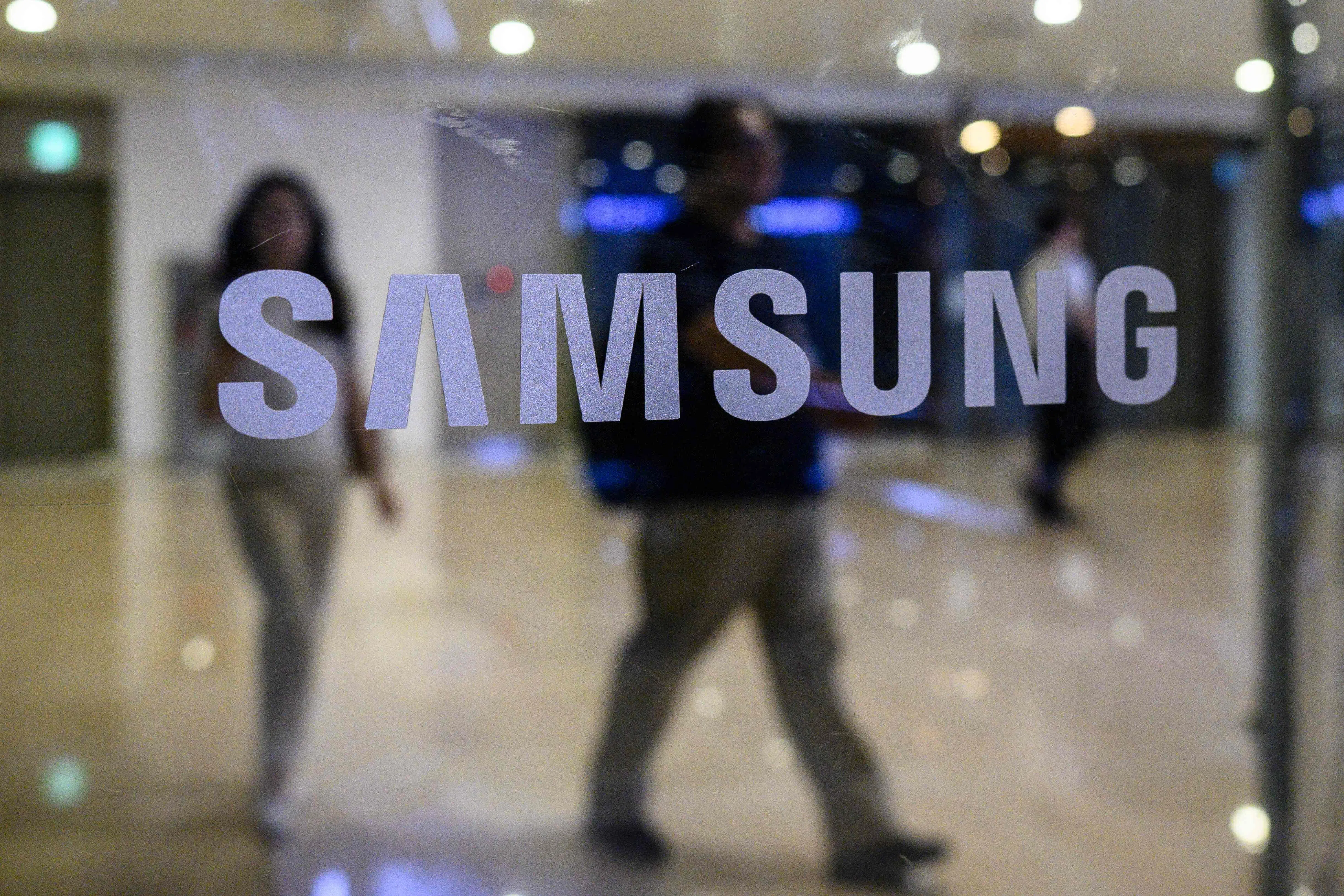GENERAL Motors’ (GM) Cruise self-driving car unit will exit the robotaxi business, a retreat from a market that proved costly and full of reputational pitfalls for the automaker.
Cruise and GM’s technical teams will be combined into a single effort focused on developing autonomous technology to offer in future models sold by GM, according to a statement on Tuesday (Dec 10). GM said it will no longer fund robotaxi development work “given the considerable time and resources that would be needed to scale the business, along with an increasingly competitive robotaxi market”.
It’s a big retrench for GM and Cruise, which survived a shakeout among autonomous-driving companies and restarted operations after one of its cars dragged a pedestrian last year.
The move has significant implications for GM. Chief executive officer Mary Barra wanted to transform the automaker into a transportation technology company and double GM’s revenue by 2030 in part by generating US$50 billion from Cruise. Without a robotaxi business to bring in fares, that goal looks remote.
GM is pulling back just as Alphabet’s Waymo expands into more cities and Tesla plans to start its robotaxi business in 2026. Tesla CEO Elon Musk is now one of the most influential voices in president-elect Donald Trump’s circles and has pressed for a federal framework for self-driving cars.
Ending the robotaxi push brings GM closer to its main business. The company will develop the technology to enhance its core business of building cars, and scrapping dreams of mobility as a service.
Cruise had resumed running cars with safety drivers in Dallas and Houston and planned to test vehicles in California.
GM’s shares rose 1.5 per cent as at 4.06 pm after regular trading in New York. BLOOMBERG
Share with us your feedback on BT’s products and services







